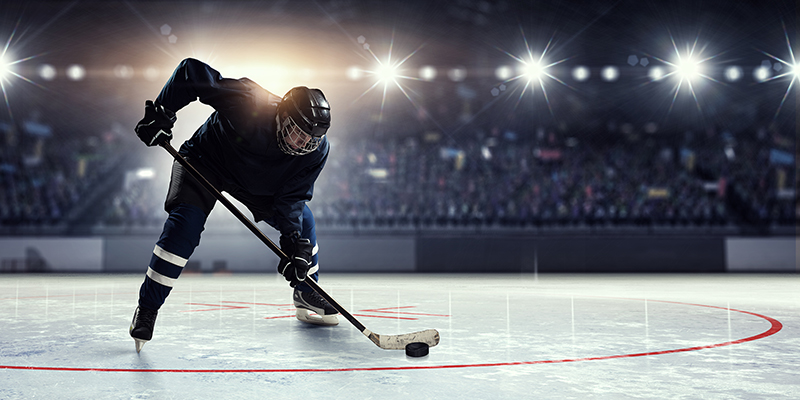By Alex Bradshaw
QubeCore Kinesiologist
–
After a Traumatic Brain Injury (TBI), the brain and nervous system are vulnerable. This post concussive period comes with a myriad of symptoms, each person experiencing their own combination based on age, sex, comorbidities, previous concussions, and mechanism of injury. When looking to return to leisure, or sport, it is important to consider the different kinds of concussion and how one may experience some (or all) of its accompanying hardships. There are three subtypes of concussion that predominantly limit people: cervicogenic, vestibulo-ocular, and physiological.
Cervicogenic means that the upper portion of the spine, cervical spine, is the site of dysfunction. This presentation is common for those experiencing whiplash, or other soft tissue injuries to their neck. Cervicogenic concussions are often associated with dizziness caused by misleading sensory information happening within the neck. Meaning, that the neck magnifies any degree of movement so that it causes one to become dizzy, nauseous, brain fog, headache, or other. This may look like someone avoiding turning their head or having difficulties with differing neck positions.
Second is vestibulo-ocular, a complex combination of three systems that are giving mixed messages. Our balance is comprised of our visual, vestibular (inner ear), and somatosensory (feeling) systems. This combination of systems relays messages to our brain regarding how we balance, walk, and make sense of the space around us. Presentation of this form of concussion can include difficulties holding your gaze, focusing while moving or turning, or inability to read text. Symptoms experienced can be blurred vision, poor ability to focus, dizziness, gait dysfunction, and more.
A physiological concussion is arguably where most athletes or movement enthusiasts get sidelined. After a concussive event, your nervous system is on high alert and may be setting off false alarm bells. What does this mean? Your sympathetic system, the fight or flight response, is more active than your parasympathetic system, the rest and digest response. This can present as increased resting heart rate or blood pressure, as well as symptoms following physical activity. Why does this happen? Because of the increased sympathetic activity, it causes your brain to register an increase in heart rate as a threat to its wellbeing. Therefore, the brain will cause you to feel dizzy, fatigued, nauseous, or headache, in order for you to stop exercising.
Thankfully, this can all be improved through assessment and individualized treatment from an active rehabilitation team member. QubeCore Sports & Rehab offers kinesiology services and rehabilitation in North Vancouver for a wide range of injuries and conditions. To book your appointment with Alex Bradshaw, call 604.210.2274 or simply book online by clicking here.
Reference:
Ellis, M. J., Leddy, J. J., & Willer, B. (01/2015). Physiological, vestibulo-ocular and cervicogenic post-concussion disorders: An evidence-based classification system with directions for treatment Taylor & Francis. doi:10.3109/02699052.2014.965207

